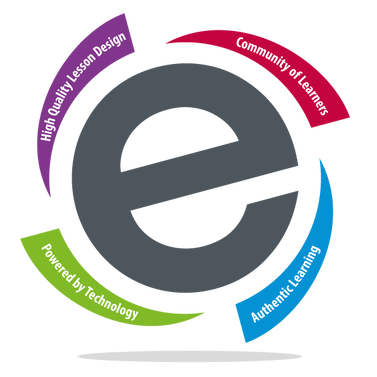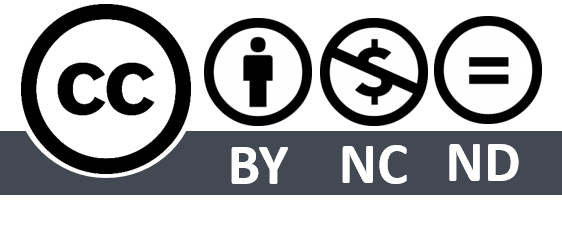Journey Summary
This session, the third in a four-part series on the Design through Inquiry (DTI) model, will give you the opportunity to further investigate the design solution through the development of a prototype and data collection in an attempt to prove the validity of a solution. Following a fair testing plan to collect data, interpreting, and displaying the data all become important steps in telling the story of a design experience.
Curriculum-framing Questions
Essential Question
- What inspires innovation?
Unit Questions
- What is the most effective way to use data and argumentation in design?
- How can data make the biggest impact?
Content Questions
- What options are available for collecting data?
- What types of graphs can be used to display data?
- What are the essential details to communicate when presenting about a DTI project?

Introduction
To inspire innovation in the classroom, students need to engage in problem-solving that requires them to use empathy, imagination, intuition, logic, and reasoning to explore potential solutions to authentic problems. Design Thinking has emerged as a powerful way to solve problems using innovation and creativity. In this session, we will share progress and get feedback on classroom Design Through Inquiry (DTI) projects; explore the importance of using criteria and constraints in prototyping and testing; determine how to collect, interpret, and display data; and find the best way to communicate our process through the design experience.
Theory Behind Practice
All eMINTS materials are grounded in research-based best practices in K-12 education.
Digging Deeper
Agenda
- Opener: What Does it Mean?
- DTI Progress & Planning
- Engineering – Prototype and Test
- Graphing the Data
- Explain – Telling Your DTI Story
- Closer: DTI Quandaries

Classroom Visit w/Students
Ask your facilitator to assist as you implement a design challenge with your class, model a portion of the design-thinking process, or introduce students to a new technology tool that will help them during the design process.
Classroom Visit w/out Students
With your facilitator, have a planning conversation to support your lesson design or ask for assistance with understanding the different portions of the design process. Your facilitator might also observe the implementation of your design lesson and engage in a reflective conversation to help you consider how the lesson is going and set goals for future implementation.

 Images Courtesy of
Images Courtesy of